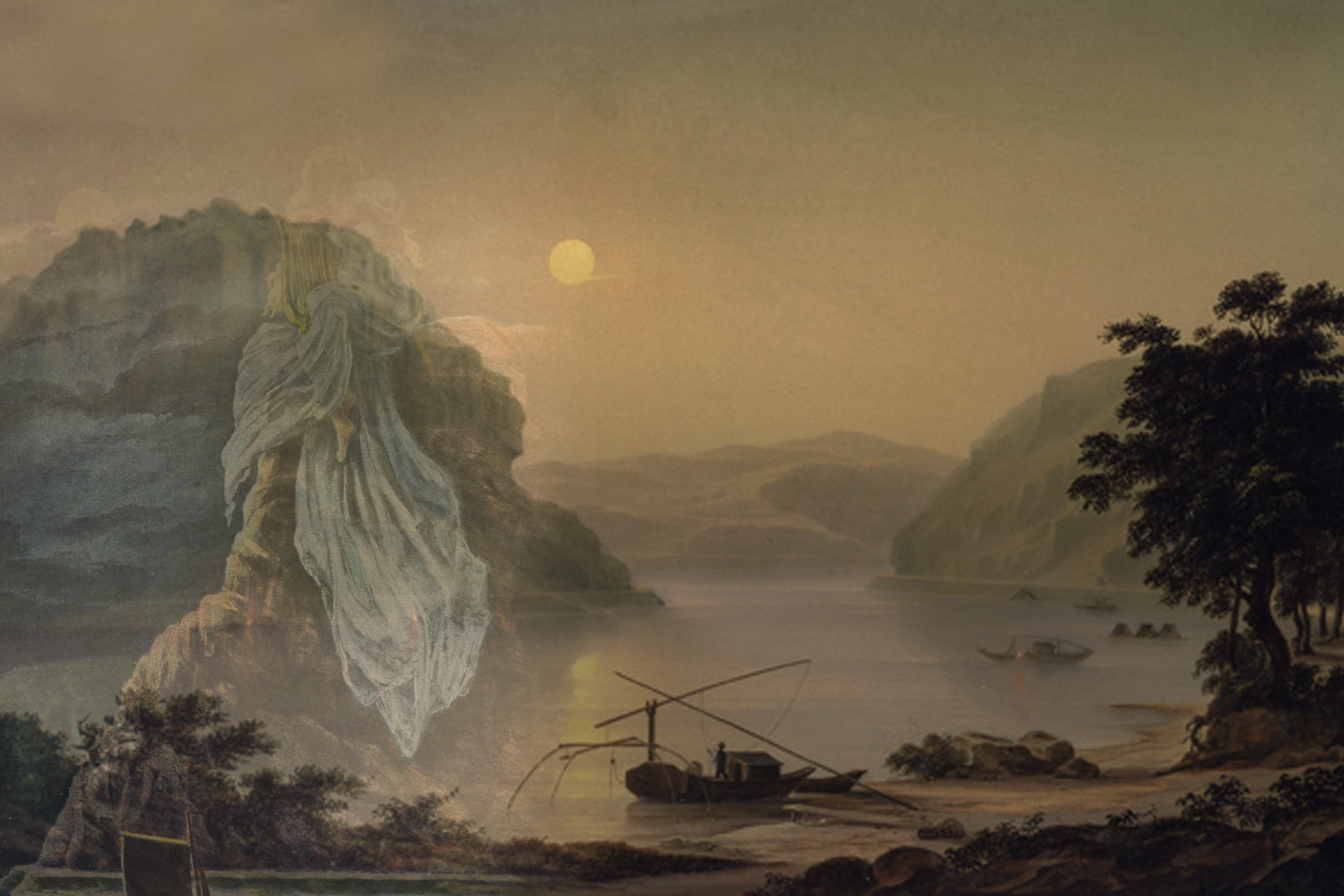"IN THE SHADOW OF LORE-LEY"

Three elements constitute its supporting axis. The first element, the feminine one, is key. Not only do the voices of the Scherzo Choir give it importance regarding sound, but many of the protagonists in the poems sung in the program are women, essentially in Roman Schumann’s texts of the Romanzen Op. 69, and in Brahms’ pieces (Die Nonne, Gesang aus Fingal, etc.). The second element is constituted by the dramatic content of its texts. Every poem has a special significance which is, in most cases, tragic, as is a common trope throughout Romantic literature: the lovers’ unfortunate destiny as they are forced to separate, until death, sorrow, nostalgia… The third element is, regarding form, the use of smaller forms as an approach to the Romantic ideal of popular art. It is interesting to see how great writers (Heine, Eichendorff, Uhland, Rückert, Mörike) and great symphonic composers such as Schumann, Brahms, and Mahler choose to make use of this “small format,” answering to their Romantic desire of closer approaching their idea of popular music and poetry. Despite being simpler, these “small formats” are not unable to achieve masterpiece status. A well-known example is Four Songs, Op. 17 by Johannes Brahms.
By Gustav Mahler, there will be four arrangements by Hermann Lauer of songs written about the poems in the collection Des Knaben Wunderhorn (Of the Boy’s Miracle Horn) edited and assembled by Achim von Arnim and Clemens Bretano, who was the first to write about Lore-Ley. Joseph von Eichendorff (Waldesgespräch) and Heinrich Heine (Lore-Ley) did so later.
This program includes musical arrangements originally written for soloists or for mixed choirs, in order to be sung by a female choir, without altering its musical essence. However, it is interesting to note that the origin of many of the songs by Shumann and Brahms that are performed lies in the choir conductors of their times, in Dresden and in Hamburg, respectively. Schumann himself wrote that in having realized how little literature was dedicated to female choirs, he had had to edit two collections of Romanzen, Op. 69 and 91. He considers that the accompaniment that he had written as “optional” is adequate because, apart from guaranteeing intonation, it gives it the chamber music quality that he wished, as his editor in Bonn, Simrock, writes in a letter dated May 17th 1849.
This program aims to create pleasant emotions and, in this way, balance out the fatal effects of Lore-Ley’s songs.
|
1st HALF |
||
|
Friedrich Silcher |
Lore-Ley |
|
|
Robert Schumann |
Drei Lieder, Op.114 |
|
|
|
|
Nãnie |
|
|
|
Triolett |
|
|
|
Spruch |
|
Robert Schumann/J. Domènech |
Waldesgesprãch |
|
|
Robert Schumann |
Romanzen für Frauenstimmen, Op.69 |
|
|
|
|
Tamburinschlãgerin |
|
|
|
Waldmãdchen |
|
|
|
Klosterfrãulein |
|
|
|
Soldatenbraut |
|
|
|
Meerfey |
|
|
|
Die Capelle |
|
Gustav Mahler/H. Lauer |
Vier Lieder und Gesãnge |
|
|
|
|
Starke Einbildugnskraft |
|
|
|
Um schlimme Kinder artig zu machen |
|
|
|
Ich ging mit Lust durch einen grünen Wald |
|
|
|
Scheiden und Meiden |
|
|
||
|
2nd HALF |
||
|
Johannes Brahms/J. Domènech |
Vineta Op.42 No.2 |
|
|
Johannes Brahms |
Drei Romanzen für Frauenchor, Op.44 |
|
|
|
|
Minnelied |
|
|
|
Die Nonne |
|
|
|
Der Brãutigam |
|
Johannes Brahms |
Vier Gesãnge, Op.17 |
|
|
|
|
Es tönt ein voller Harfenklang |
|
|
|
Lied von Shakespeare |
|
|
|
Der Gãrtner |
|
|
|
Gesang aus Fingal |
|
Franz Schubert/Johannes Brahms |
Ellens zweiter Gesang (arr. J. Domènech) |
|
|
Friedrich Silcher/J. Domènech |
Lore-Ley |
|
Diana Baker, piano
Jordi Casas Bayer, conductor




